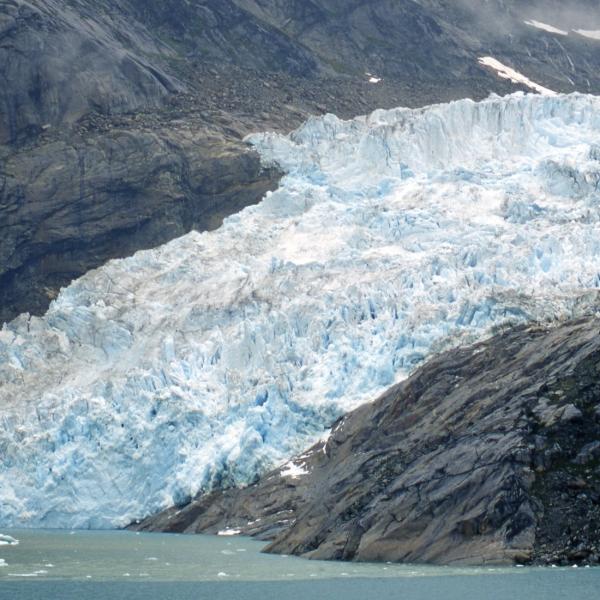University of Colorado: Melting glaciers at the end of the Ice Age may have sped up continental drift, fueled volcanic eruptions

 www.colorado.edu
www.colorado.edu
Around 10,000 years ago as the last Ice Age drew to a close, the drifting of the continent of North America, and spreading in the Atlantic Ocean, may have temporarily sped up—with a little help from melting glaciers, according to a new study from scientists at the University of Colorado Boulder.
In the new research, geophysicists Tao Yuan and Shijie Zhong used computer simulations, or models, to travel back roughly 26,000 years into the planet’s past. At the time, the massive Laurentide Ice Sheet, which stretched over North America as far south as Pennsylvania, started to recede. Melting ice flooded into the oceans, and sea levels worldwide rose by an average of around 1 centimeter per year.
The scientists discovered that this global thaw may have also had unexpected consequences—including for plate tectonics, or the internal clockwork that has, for billions of years, torn Earth’s continents apart and crushed them together.
According to the team’s calculations, the motion of the North American continental plate may have sped up by 25% as the ice melted. At the same time, spreading at the Mid-Atlantic Ocean Ridge, which sits between the North American and Eurasian plates, may have increased by as much as 40%. “As ice volume was greatly reduced, it caused a huge motion in Earth’s crust,” said Yuan, a graduate student in the Department of Physics at CU Boulder. “Scientists knew that the ice melting caused the plates to uplift. But we show that they also moved a lot horizontally due to the ice melting.”
The researchers published their findings April 23 in the journal Nature.
Their results may have implications for the planet today. Ice sheets over Greenland are once again melting at a rapid rate, which, in a strange twist, could drive an increase in volcanic eruptions in Iceland not far away. “That story that we’ve been telling for a long, long time—that processes like seafloor spreading and continental drift operate at timescales of millions of years driven by Earth’s internal engine—thermal convection,” said Zhong, a professor of physics. “That’s still true, but we show that glacial forcing can also cause significant motion on relatively short timescales of 10,000 years.”

Melting glaciers at the end of the Ice Age may have sped up continental drift, fueled volcanic eruptions
A glacier flows into the sea from modern-day Greenland. (Credit: CC photo via Flickr) Around 10,000 years ago as the last Ice Age drew to a close, the drifting

